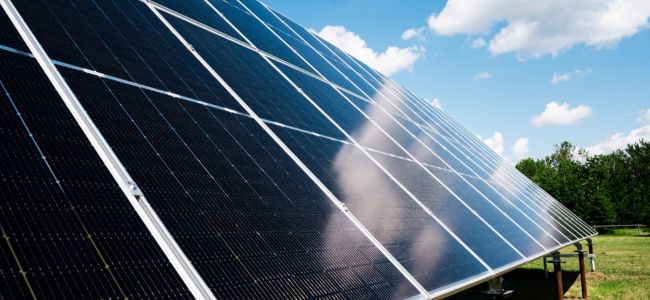Grid-tied solar power systems are the most common way of distributing your solar energy. When a system is “grid-tied” it simply means that we connect your solar power system to your local distribution system (in Alberta this is typically supplied by EPCOR, Fortis, or ATCO; in Saskatchewan, this is supplied by SaskPower; in BC this is BC Hydro) through your main electrical panel. When a system is grid-tied, excess energy can be sold back to your retailer, providing clean solar energy for others consumers. This option is more cost effective as you will directly earn money from your system and recoup the cost of solar panels.
Off-grid solar power systems are becoming a more common lifestyle choice for those who are not easily accessible by the electrical grid and who don’t wish to have power supplied by carbon-intensive fuels or for those who are not easily accessible by the electrical grid. The solar power installation/generation process is similar although the key difference is energy is stored in a battery storage rather than sold back to the grid. Off-grid solar power systems are more applicable if you want to provide your own electricity or if you live in a remote area where electrical accessibility is an issue. Off-grid solar energy systems are more expensive because there are more components (off-grid inverter, charge controller, batteries, additional wiring etc.) and installation labour involved. Off grid solar power installations may be the best choice if installing a grid connection will be very costly ($20,000+).
Contact us today to learn more about off-grid solar power systems or to get a free quote.







.png)
.png)
.png)


.png)
.png)
.png)


















.png)
















-01.avif)






.png)

